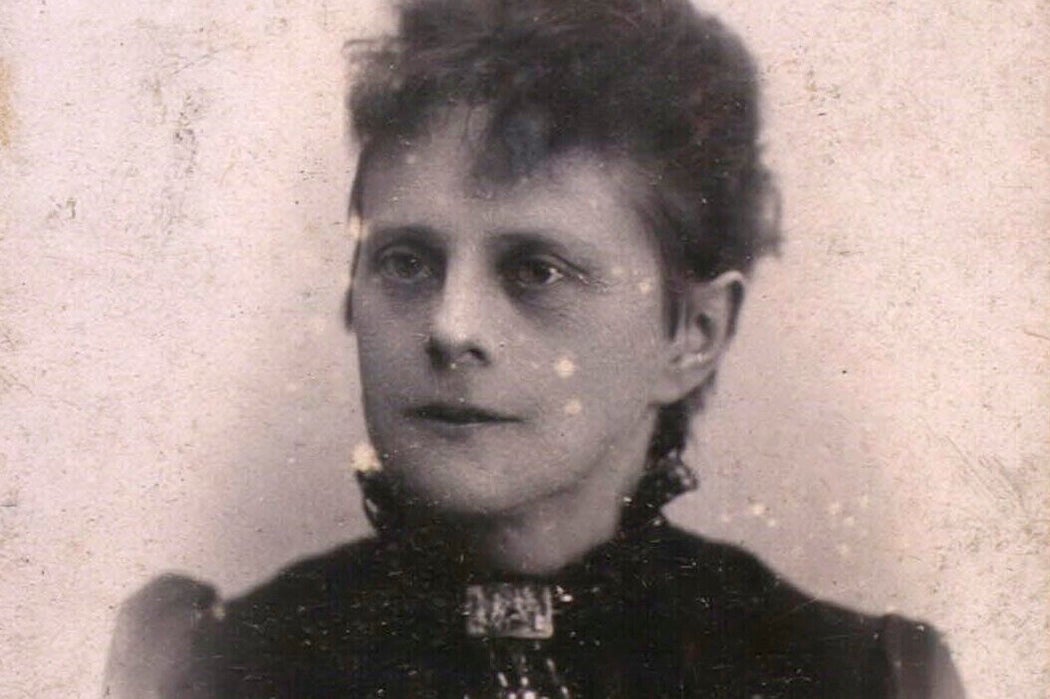Being an artist’s muse sounds like a glamorous gig on paper. You might inspire a timeless painting, sculpture, or work of literature, and voilà, that would be your contribution to history. However, the role has, historically, proven to have as many hazards as any other job, especially for women. Besides risking your health, there’s also the prospect of humiliation and irreparable damage to your reputation. That’s exactly what happened to Danish-Norwegian novelist Laura Kieler (1849–1932) when the playwright Henrik Ibsen mined her life story for his most notorious and controversial play, A Doll’s House.
The three-act play, first performed in 1879, follows the impending domestic disaster of a housewife named Nora who, legally barred from accessing services that would financially rescue her struggling family, secretly commits a banking infraction that she’s forced to hide from her husband (who, throughout the play, regards her as more of a vapid trophy than a partner of competence and intelligence, hence the setting of their life together being dubbed “a doll’s house”). As Ibsen scholar Joan Templeton describes, the playwright’s inspiration was Kieler, who committed the same transgression as Nora and experienced the same troubles in her marriage. Nora was Kieler’s near-perfect personification.
According to theater critic Branislav Jakovljevic, from the very beginning audiences suspected that Ibsen had relied on more than just his imagination. The plot was far too detailed and far too realistic a depiction of a disadvantaged nineteenth-century woman’s plight to have been fabricated.
“Ibsen’s play was followed by the unshaken public conviction in the existence of a real Nora Helmer and a real doll’s house,” Jakovljevic writes. “As late as 1924, the Boston-based magazine The Living Age published the article entitled ‘The Real Doll’s House’ in which the elderly Danish lady Laura Kieler was portrayed as the model for Ibsen’s Nora Helmer.”
Weekly Newsletter
Before A Doll’s House, Ibsen and Kieler had a productive literary collaboration. Kieler had idolized Ibsen and his writing. When she was only nineteen years old, she wrote Brand’s Døtre (Brand’s Daughters), an extension of his 1867 play, Brand. Ibsen was so impressed that he stepped into the role of mentor. The incident with A Doll’s House destroyed their relationship. Kieler attempted to use her own work to expose Ibsen as a shameless opportunist. Her 1890 play, Mænd af Ære (Men of Honor), for instance, casts him as a detestable playwright husband who mines his own mistreated wife for material, and her Silhouetter opens with a tell-all essay in which she reveals the details of their failed friendship.
Ibsen’s co-option of Kieler’s suffering was yet another instance in history where a writer built a pillar of their career on a foundation that wasn’t entirely theirs. Though Ibsen’s treatment of Kieler was not outright plagiarism, there’s an argument to be made that he stole something quite precious from her: her privacy.
Support JSTOR Daily! Join our membership program on Patreon today.







